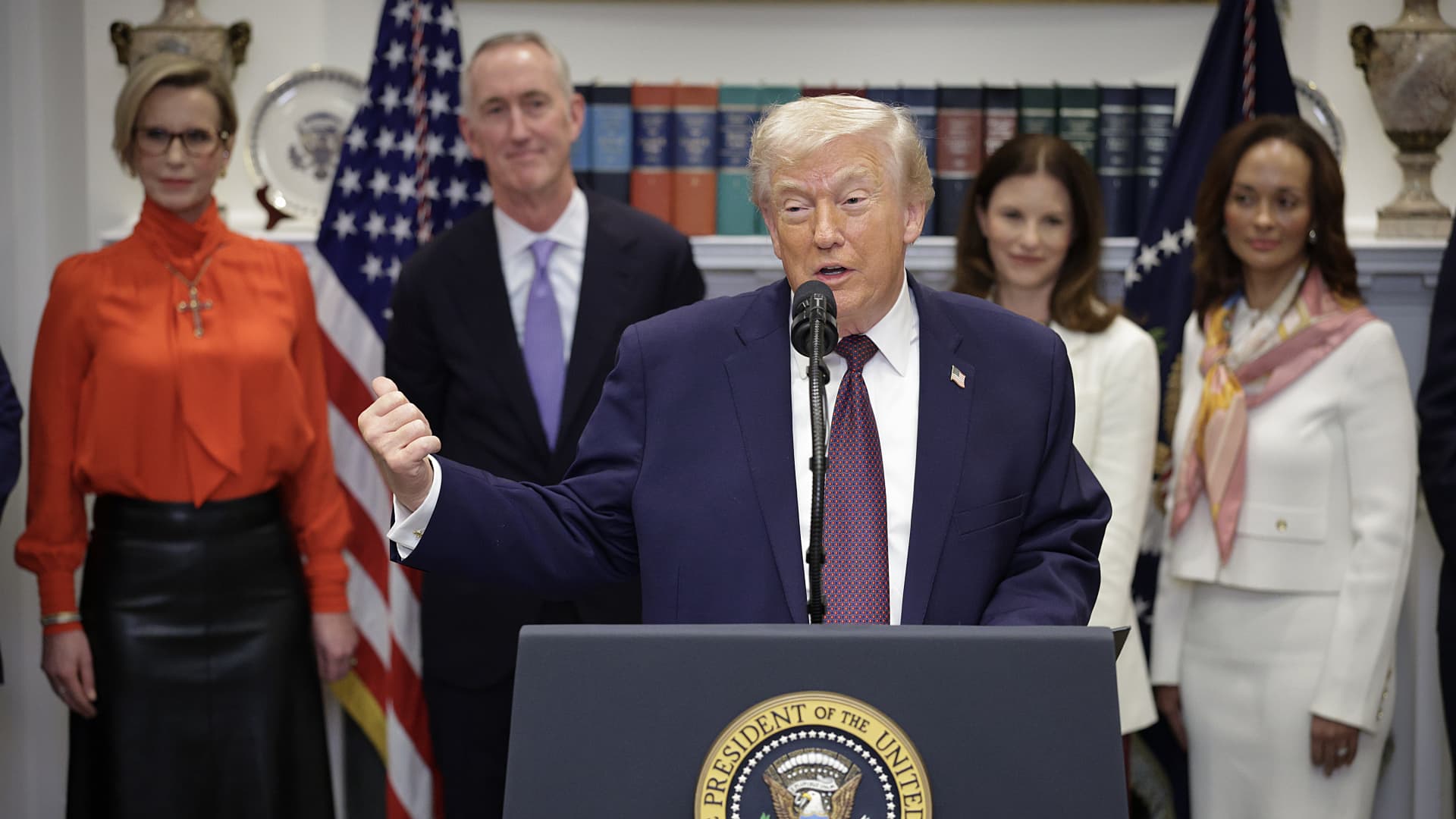
Amid this investor reluctance, the Centre may revise its 2025-26 budget target of mobilizing ₹25,342 crore for climate-focused projects via sovereign green bonds, according to two people close to the development.
So far in 2025-26, the government has attempted a single 30-year reissuance of ₹10,000 crore and succeeded in raising only ₹5,000 crore at 6.8785% yield, showed the Reserve Bank of India (RBI) data. In comparison, on Wednesday, the 10-year government bond closed at 6.491%, while the 30-year bond ended at 7.205%, according to Bloomberg data.
This is because green government securities have failed to carve a distinct identity from conventional government debt, and investors have shown little appetite for a so-called ‘greenium’, the people added.
A greenium, or green premium, is the lower yield investors accept on a green bond over a conventional one, reflecting their willingness to pay for sustainability and giving issuers cheaper funding.
“This is partly because India lacks dedicated green investment vehicles that could help nurture such demand,” the first person said, on condition of anonymity.
The reality check
Budget documents show actual green bond issuances rose to ₹25,297.89 crore in 2024-25, up from ₹20,785.60 crore in 2023-24, but fell short of the budgeted ₹32,060.86 crore.
During 2023-24, investors subscribed to the entire green bond issuance, with no burden on primary dealers or bid rejections. But in 2024-25, the government had to reject bids worth ₹10,302.60 crore.
“There is a need to build a deep, differentiated market for sustainable finance in India, one where green bonds are valued not merely as another slice of government debt, but as a genuine commitment to funding the country’s climate transition,” added the second person, who also spoke on condition of anonymity.
“The Centre will, however, keep funding green projects through conventional government securities and other debt instruments,” the person added.
According to government budget documents, the bulk of the green bond proceeds for 2025-26 will go toward renewable-energy initiatives.
The ministry of new and renewable energy will receive the largest share, at ₹13,526.35 crore, covering schemes such as KUSUM, the Green Hydrogen Mission, the Renewable Energy Integration Programme, and the PM Surya Ghar Muft Bijli Yojana.
The ministry of housing and urban affairs will receive ₹4,972.31 crore for metro projects and equity investments, while Indian Railways will get ₹6,673.65 crore to finance energy-efficient electric locomotives and metro construction.
The ministry of environment, forests, and climate change has also been allocated ₹170 crore under the National Mission for a Green India.
Challenges
The challenge is that sovereign green bonds have yet to secure a sustainable greenium, with yields often matching or exceeding comparable G-Secs and limited participation from ESG (environmental, social, and governance)-focused investors, experts said, adding that green bonds are still largely priced like conventional debt.
“Policy support through calibrated regulatory changes could be a game-changer. While sovereign green bonds already qualify for SLR (statutory liquidity ratio), carving them out as a special sub-category with a compulsory minimum allocation—even a small percentage—would help create differentiated demand,” said Venkatakrishnan Srinivasan, managing partner at financial advisory firm Rockfort Fincap Llp.
The SLR is the minimum share of a bank’s deposits that must be held in liquid assets like cash, gold, or government securities. Set by the RBI, the SLR helps ensure banks can meet obligations, manage credit growth, and maintain economic stability.
“Alongside this, tweaks in the investment frameworks of provident funds, pension funds, insurers, and mutual funds could further anchor a consistent investor base and help generate a sustainable greenium over time,” he added.
Srinivasan pointed out that in the absence of such measures, issuers may continue to encounter the current cycle of bid rejections, devolvement, or cut-offs that mirror vanilla securities.
“Sovereign green bond issuances are generally back-ended in the second half of the fiscal year. With the indicative borrowing calendar expected shortly, the key question will be whether the government maintains its preference for longer-tenor green bond issuances, as in H1, given that the heavy supply of regular long-dated G-Secs earlier this year has already exerted upward pressure on long-end yields,” he added.






